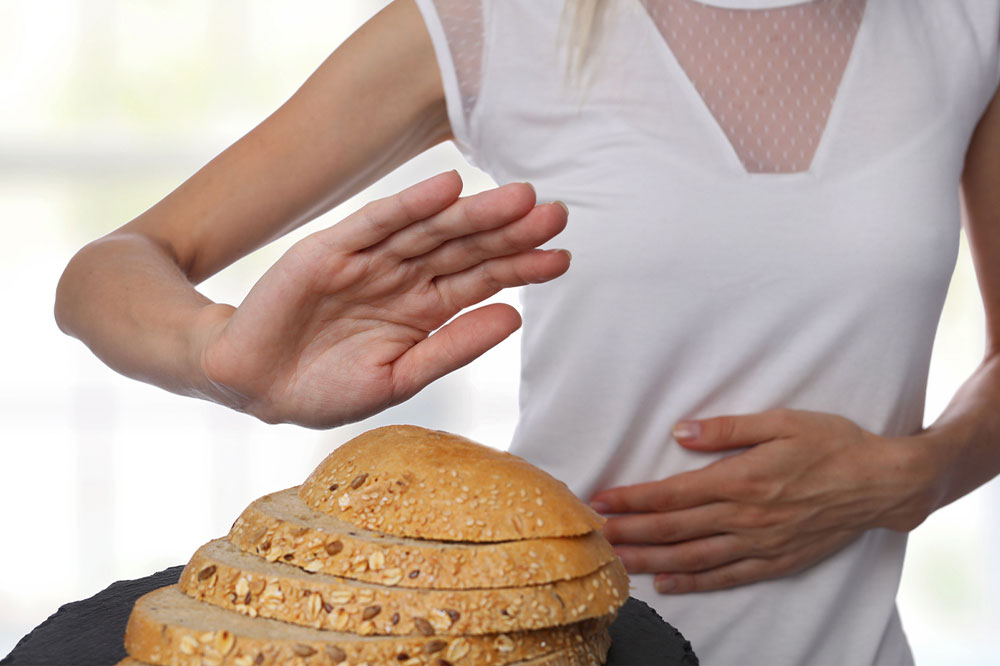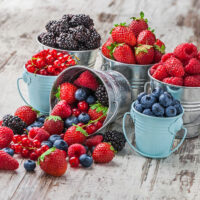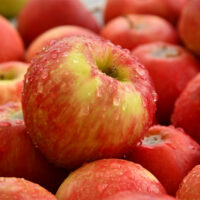Foods to avoid for managing schizophrenia

Schizophrenia is a mental health condition that affects how one feels, thinks, and behaves. Patients experience a drop in concentration levels, reduce social interactions, and may even have hallucinations. Thankfully, several treatment options help control the symptoms and improve a patient’s quality of life. However, those with schizophrenia must also follow a healthy nutrition plan and choose foods wisely. Here are a few foods to avoid with this mental health condition.
Foods containing gluten
Studies have shown a link between gluten consumption and schizophrenia. Those who have celiac disease (gluten sensitivity) in their childhood have a greater risk of developing this mental condition. And those who already have the disorder might experience an aggravation of symptoms after eating gluten-based foods. They may also suffer from poor absorption of iron and gut issues. So, it is best to keep this ingredient out of the menu by avoiding foods like bulgur wheat, bread, pasta, cereals, cakes, cookies, and crackers. The symptoms of schizophrenia are said to reduce when these are eliminated from the meal plan. Patients with gut and gastrointestinal problems also show signs of improvement.
Artificial sweeteners
Artificial sweeteners are commonly used in soft drinks, candy, and canned foods. Since it is an alternative to sugar, many people use it to maintain good health. But while these sweeteners are considered low in sugar, they are problematic for those with mental disorders. They can lead to headaches, seizures, anxiety, depression, learning problems, and worsen other symptoms. Therefore, patients must read food labels to determine the presence of sweeteners and choose foods accordingly.
Foods with MSG
Monosodium glutamate (MSG) is a sodium salt obtained from glutamic acid. Although the FDA has classified it as a safe ingredient, it is a type of neurotoxin that has been linked to adverse effects on cognitive functioning. It is known to over-stimulate neuron receptors, making them more active than usual. When this process is prolonged, it can weaken the neurons, leading to their destruction. This changes the levels of chemical activities in the brain, resulting in temper outbursts, panic attacks, confusion, depression, and even suicidal thoughts. Since such symptoms are also usually associated with schizophrenia, patients must steer clear of MSG by avoiding potato chips, seasoning, sauces, frozen foods, and processed meats. These can affect the brain and worsen the disorder.
Refined carbohydrates
Who does not like pastries, pasta, and crackers? These are the go-to foods for many people to satisfy their taste buds. However, they are sources of refined carbohydrates that are not just linked to an increased risk of type 2 diabetes and cardiac conditions but also cognitive problems. Carbs lead to a rise and fall in insulin levels, which can worsen schizophrenia symptoms. People with mental health issues tend to crave carbohydrates, making it hard to avoid items like pasta. But such foods must be kept away as far as possible.
Fruits and vegetables with pesticides
While fruits and vegetables are critical to good health, one must purchase them from trustworthy sources. Farm-grown foods can be laden with pesticides, which increase the chances of developing cognitive problems over time. It may lead to anxiety, agitation, and nausea, which are also symptoms of schizophrenia. Other complications include memory impairment and difficulties in concentration. While most conventionally-grown fruits and veggies may have high pesticide content, certain items are low in pesticides. These include avocado, cabbage, pineapple, papaya, frozen sweet peas, and mangoes.
Eliminating these foods from the nutrition plan helps control the symptoms of mental disorders and also improves overall health. Further, it helps reduce the risk of heart and vascular diseases, the risk of which is particularly high in people with schizophrenia.





